There was a time, not so long ago that the USA and Russia, we called it the USSR back then, had a complete monopoly on manned spaceflight. From the flight of Yuri Gagarin back in 1961 to the Soyuz 28 mission in 1978 only Americans and Russians went into outer space and only on rockets paid for and completely controlled by the space agencies of those two countries.
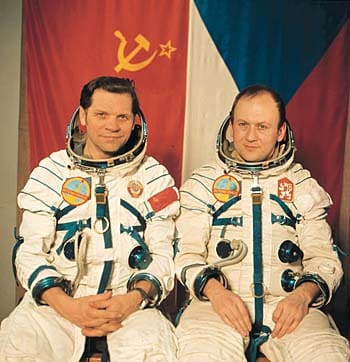
During the 1980s and 90s both the US and the USSR began taking a few astronauts who were citizens of friendly countries into space. Even then those astronauts rode into space aboard rockets and spacecraft owned and controlled by either the US or the USSR. Then, following the collapse of the Soviet Union the Russian space agency Roscosmos needed money to keep their program going so they even arranged to take a few paying tourists into space.

It was only in 2003 that a third player, China joined the space party with their own launch vehicle and manned capsule. At about that same time the US space agency NASA decided that it no longer wanted to be in the business of just launching astronauts into Low Earth Orbit (LOE). What NASA wanted to concentrate on was exploration, manned missions to the Moon and Mars, not just back and forth to the International Space Station (ISS). So began the Commercial Crew Program where NASA helped fund two private companies, Boeing and Space X to develop launch systems and manned capsules to handle the now routine chore of simply getting people to LOE.

In May of 2020 Space X became the first private company to launch astronauts into space. Since that time the company has carried out six NASA missions to the ISS, one every six months maintaining about half of the ISS’s crew assignments, the other half being taken care of by the Russians. The unique thing about having a private business handling space flights however is that, once their commitment to NASA is fulfilled Space X can offer their space services to anyone who wants to, and can pay to get into outer space.

The first entirely commercial space mission took place in September of 2021 as billionaire Jared Isaacman paid for him and three of his friends to spend four days in LOE aboard Space X’s Dragon capsule, they did not go to the ISS, see my post of 2 October 2021. The success of that ‘Inspiration Four’ mission inspired Space X to partner with another company, Axiom space to arrange further entirely commercial space missions. The agreement was that Space X would take care of the rockets and capsules while Axiom would handle the human end, finding customers and getting them trained and ready for space. Potential customers where envisioned to be corporations wanting to conduct research in zero gee and small countries that cannot afford a space program but which could pay to send one or more astronauts into space for the sake of national pride.
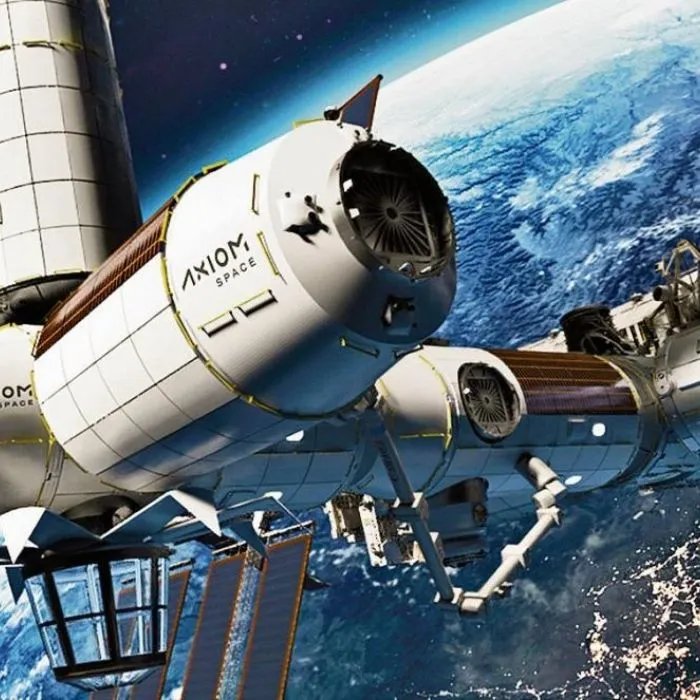
The first AX-1 space mission took place in April of 2022. Commanded by former NASA astronaut Michael Lopez-Alegria the mission took three millionaire-scientists for a seventeen day stay aboard the ISS. Originally the mission was only scheduled to last 10 days but bad weather at the spacecraft’s landing site caused AX-1 to be extended.

Which brings us up to the latest space mission, AX-2 that was launched into orbit aboard a Space X Dragon capsule on the 22nd of May and which successfully docked with the ISS the next day. The four astronauts who manned AX-2 are all private citizens, although the mission commander Peggy Whitson is a former NASA astronaut. In addition to her duties as mission commander for AX-2 Whitson is also the company’s Director of Human Spaceflight.
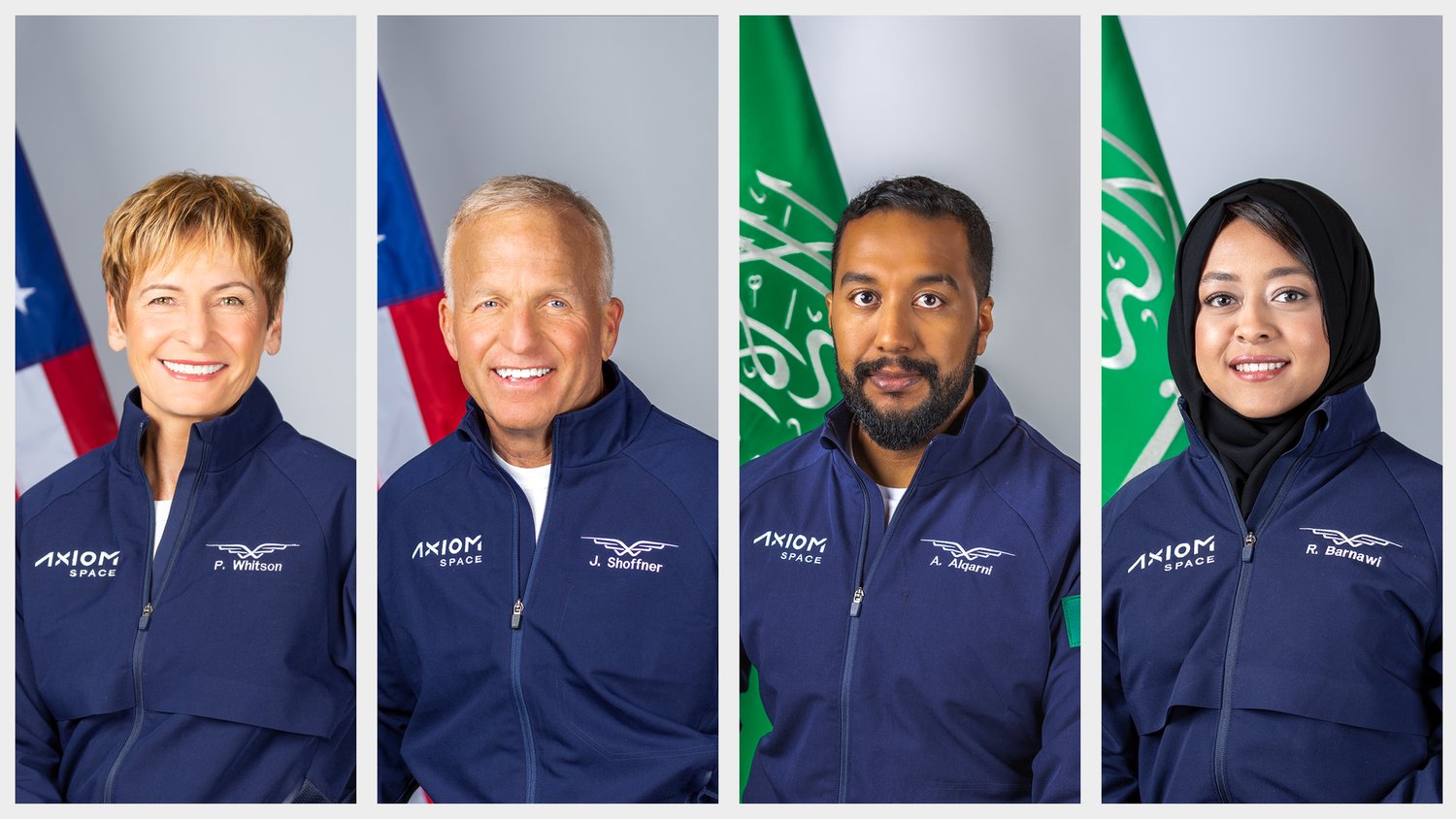
Joining Whitson as pilot was John Shoffner, a founder of Dura-Line Corporation that specializes in developing fiber-optic cables. Rounding out the four person crew were two astronauts from Saudi Arabia, Ali AlQarni and the first Arab woman to travel into space Rayyanah Barnawi. Both AlQarni and Barnawi served as mission specialists on the mission. The purpose of the AX-2 mission was officially to perform more than 20 experiments including investigations into DNA based nano-materials and microgravity effects on messenger RNA decay. To be honest however the flight was really the Saudi government’s way of establishing a presence in space in order to show themselves as the technological leader of the Arab world.

After their scheduled eight days aboard the ISS the AX-2 Dragon capsule was undocked from the ISS and returned safely to Earth with her four member crew on the 30th of May. The AX-2 mission proved to be entirely uneventful which is the whole point, only when we have made travel to and from LOE can we push on further, missions to and eventual colonization of the Moon and Mars.
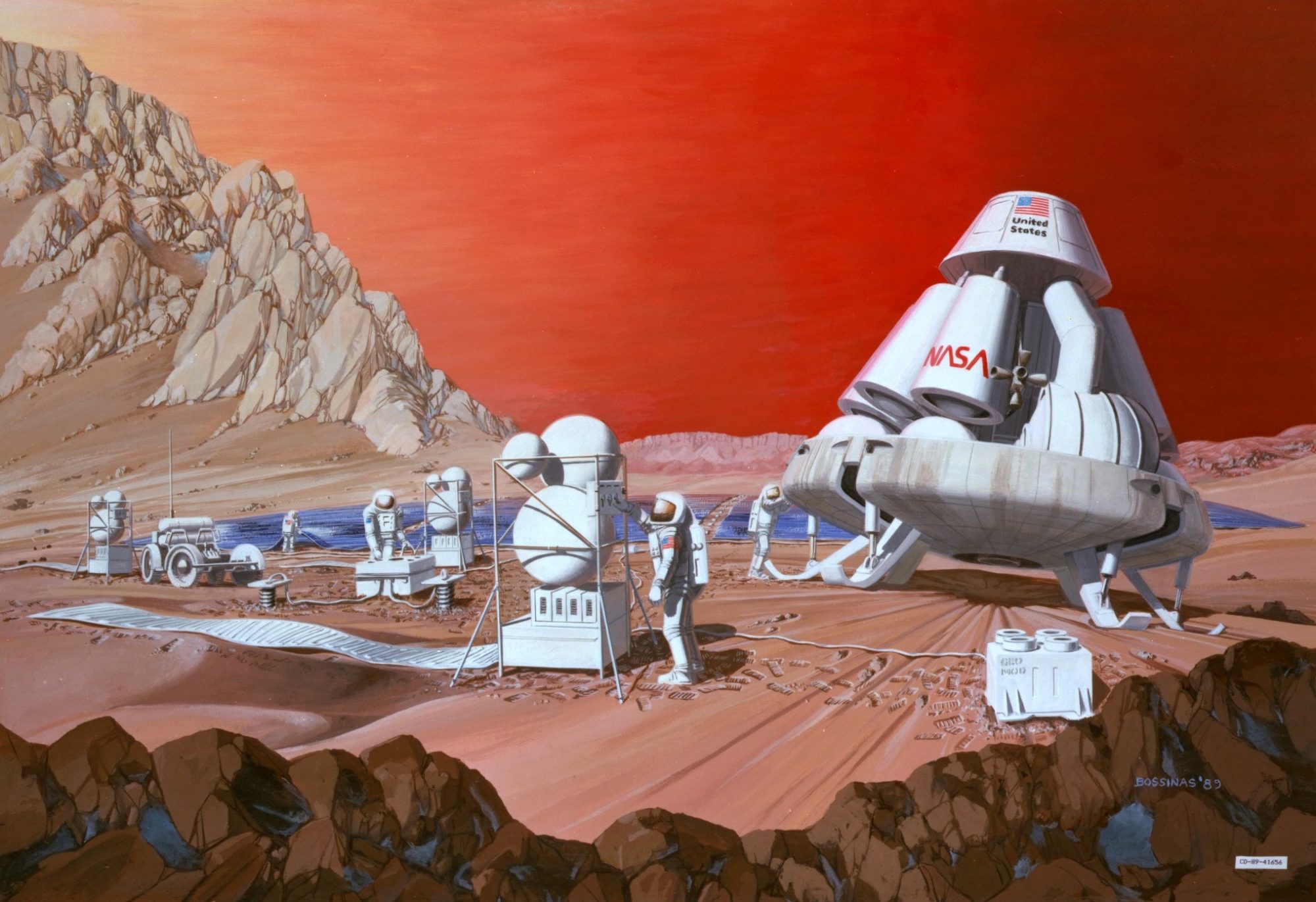
Going forward the Axiom missions to the ISS are expected to become more common, more routine. The AX-3 flight to the ISS is currently scheduled for later this year so it appears that the station is going to become a busy place with 2 NASA crew missions, 2 Russian Soyuz missions along with 2 Axiom missions each year. Also later this year Boeing’s first manned flight of its Starliner capsule is scheduled to go to the space station.

And all of that is only to the ISS, there’s also China’s Tiangong space station along with NASA’s Artemis program, scheduled next year for the first manned mission beyond LOE since 1972. Plus there’s talk of another Space X mission to the Hubble space telescope to perform needed maintenance that will allow the telescope to continue operation.

Then, in the years to come there will be more space stations. A California based company called Vast Space is partnering with Space X to launch into orbit an initial station module designated as Haven-1. The first flight is scheduled for sometime in 2025 with Haven-1 being crewed by Space-X’s Dragon capsule. Eventually the Haven-1 module will be joined by other modules to form a fully functioning space station.
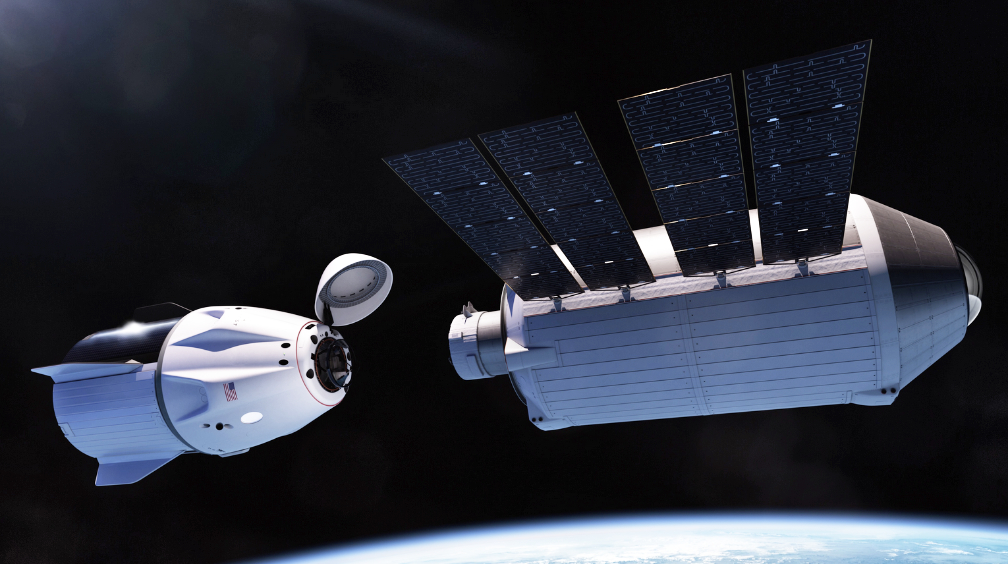
Meanwhile Axiom space is building several modules that will be lifted into space and connected to the ISS. Then, when the ISS is de-commissioned, expected to be around the year 2030, the Axiom modules will be detached to form a new, independent space station. Other companies are also working on other space station designs.
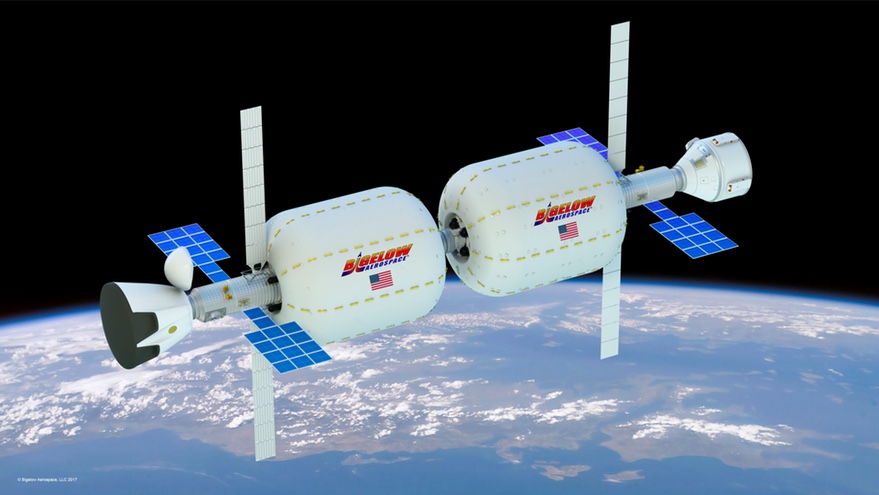
So all in all it looks as though space travel is finally starting to really take off. One day, very soon on the cosmic time scale, we humans will be living on many worlds, some as yet unknown.
